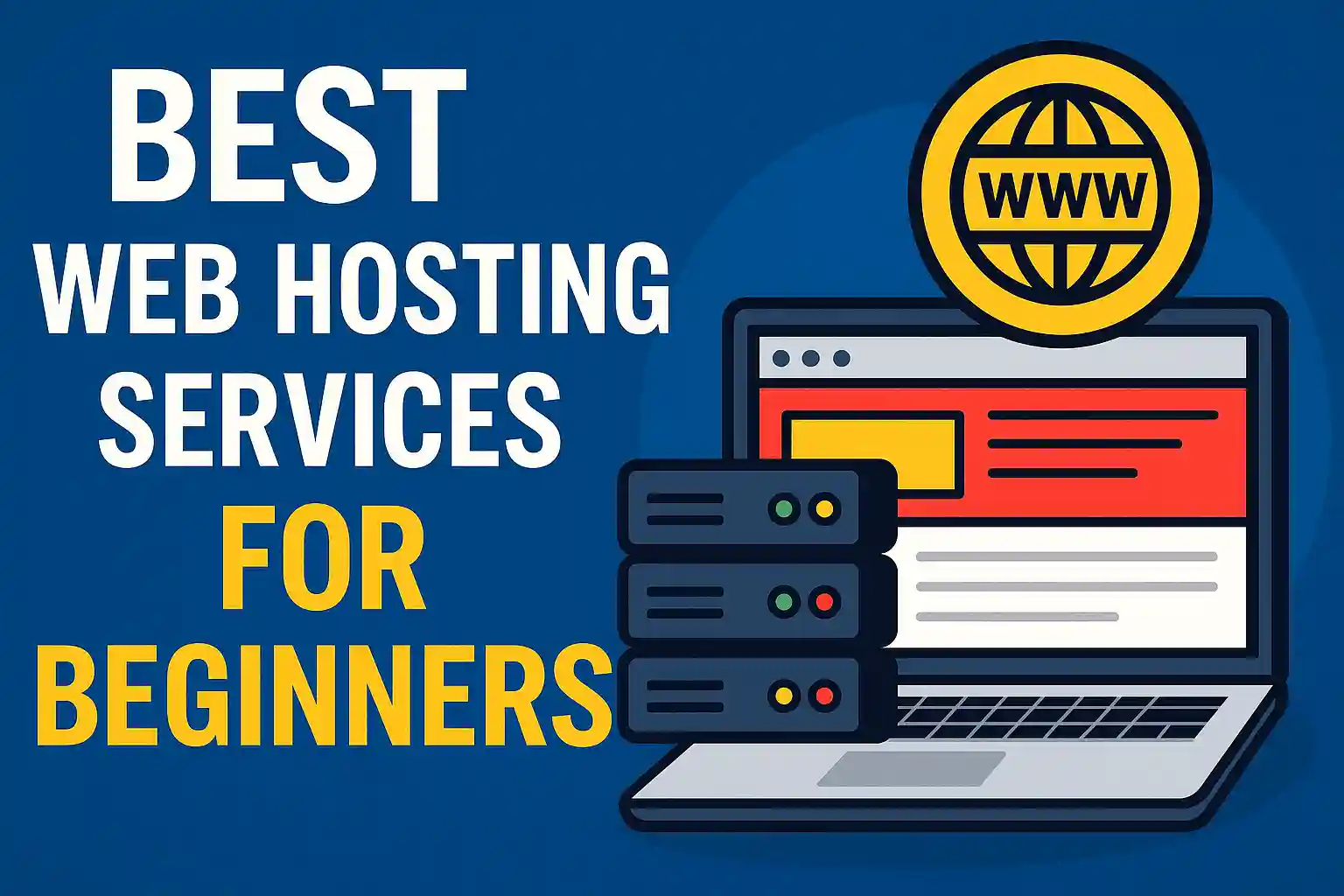🟢 1. Introduction
Cloud computing has revolutionized the way businesses operate in the digital era. Instead of relying on physical hardware and local servers, companies can now run their applications, store data, and manage resources via the internet. In 2025, cloud adoption is higher than ever and businesses are saving millions of dollars annually.
But how? In this article, we’ll break down cloud computing, explain its types, advantages, and explore how companies cut costs while increasing productivity.
🟢 2. What is Cloud Computing?
Cloud computing refers to delivering computing services — like storage, databases, networking, software, analytics — over the internet. Instead of owning and maintaining servers, companies “rent” resources from cloud service providers like AWS, Azure, or Google Cloud.
Think of it like electricity — you use what you need and pay for only what you use.
🟢 3. Types of Cloud Computing
There are mainly three types of cloud computing models:
- IaaS (Infrastructure as a Service): Rent basic infrastructure like virtual machines, storage, servers.
Example: Amazon EC2, Google Compute Engine - PaaS (Platform as a Service): Provides a platform to develop, test, and manage applications.
Example: Google App Engine, Microsoft Azure App Services - SaaS (Software as a Service): Delivers ready-to-use software over the internet.
Example: Google Workspace, Microsoft 365, Dropbox
🟢 4. Benefits of Cloud for Businesses
✅ Cost Savings
No need to buy expensive servers or data centers. Cloud providers offer pay-as-you-go pricing.
✅ Scalability
Businesses can instantly scale up or down based on demand without buying hardware.
✅ Remote Work Friendly
Cloud platforms enable global teams to collaborate in real time.
✅ High Availability
Cloud providers offer 99.99% uptime with built-in redundancies.
✅ Security
Top-tier cloud services have enterprise-level security, including firewalls, encryption, and DDoS protection.
🟢 5. How Companies Save Costs with Cloud
- No upfront investment: Cloud eliminates the need for physical hardware.
- Reduced maintenance costs: No IT team needed to maintain physical servers.
- Flexible pricing: Pay only for the storage, computing power, or software used.
- Energy savings: No need to power or cool physical data centers.
- Disaster recovery: Built-in backup and recovery reduce downtime and risk.
💡 On average, companies report 20–50% IT cost savings within the first year of moving to cloud.
🟢 6. Top Cloud Service Providers in 2025
| Provider | Specialty | Best For |
|---|---|---|
| Amazon AWS | Full-stack cloud infra | Enterprises, startups |
| Microsoft Azure | Hybrid cloud + Office apps | Microsoft users, large orgs |
| Google Cloud Platform (GCP) | AI, ML, analytics | Developers, tech companies |
| IBM Cloud | AI & Enterprise | Enterprise clients |
| Oracle Cloud | Databases & finance | Financial businesses |
🟢 7. Challenges & Considerations
- Data privacy: Sensitive data must comply with local regulations (e.g., GDPR).
- Vendor lock-in: Migrating from one provider to another can be hard.
- Downtime risks: Though rare, outages still occur.
- Internet dependence: Cloud access requires stable connectivity.
🟢 8. Future of Cloud Computing
- Edge Computing: Combining local devices with cloud for faster response.
- AI-as-a-Service: AI tools via cloud to automate business tasks.
- Green Cloud: Eco-friendly cloud providers investing in renewable energy.
- Cloud + 5G: High-speed access and IoT devices.
Cloud computing will become more affordable, intelligent, and personalized by 2030.
🟢 9. Final Thoughts
For businesses in 2025, cloud computing is not just an option — it’s a strategic necessity. It enables companies to reduce costs, increase agility, and scale effortlessly. Whether you’re a small startup or a multinational, the cloud can save you millions while improving efficiency.
🟢 10. FAQs
Q: Is cloud computing safe for businesses?
A: Yes, top providers invest heavily in cybersecurity and data protection.
Q: Can small businesses afford cloud services?
A: Absolutely! Many platforms offer free tiers and scalable plans.
Q: What is the cheapest cloud service for startups?
A: Google Cloud and AWS offer competitive free tiers and startup credits.
